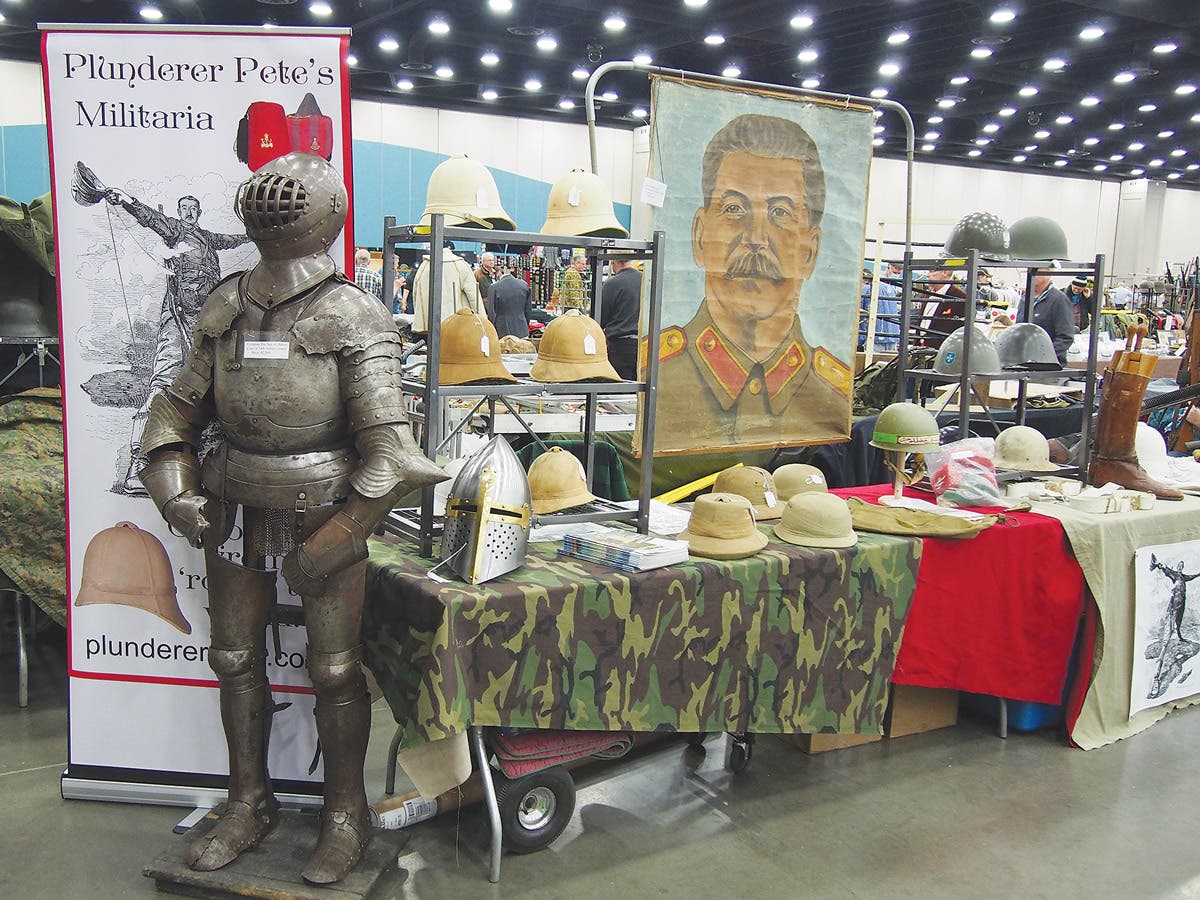Book Review: WWII US and Allied Fighting Knives, Book Two
Bill Walters Scores Again With Massive Expansion of his WW2 Allied Fighting Knives Study
U.S. And Allied Military Fighting Knives World War II, By Bill Walters (ISBN: 978-1-61850-131-8), 2018, Four Color Print Group, 2410 Frankfort Ave., Louisville, KY 40206, Self-Published. Contact: BillWalters1948@gmail.com; www.usmilitaryfightingknives.com
Bill Walters’ Book One covered every type and variant of the US M-3 and M-4 fighting knives. It proved an unqualified success, and deserved to be. Co-written by Vince Coniglio The book, remains widely consulted and appreciated. For the pair’s expertise is massive.
Book Two hugely expands on the first volume and is a most worthy successor. The contents –military / military-used and military-utility knives in almost every category – are truly vast; indeed, likely incomparable in English or any language.
It’s easy to conjure the “blood, sweat and tears” that went into this 7-pound work. Walters, with contributions by Ron Flook ,John Kroezen, Bill Adams, et al., has squeezed in virtually everything on the military blade collector’s dream list.
Only space enough to mention a few, but here’s a sampling:
· All manner of specific fighting knife standards like KA-Bars and its cousins the Navy Mk. Is and 2s;
· Fairbairn-Sykes daggers, and OSS and Ranger lookalikes;
· 1St Special Service Force (“Devil’s Brigade”) V42;
· Marine V44 “Gung Ho” and Carlson’s Raider;
· Marbles and Western knives;
· WWI and WWII knuckle knives US and foreign, i.e., Australian and New Zealand;
· US Navy divers’ types;
· Marine parachutist;
· Bolos including OSS/SOE smatchets;
· Combination fighting / utility models like the Cattaraugus 229Q (“Quartermaster”) and OSS multi-tool;
· Machetes and private purchase;
· US bayonets both world wars;
· Unique theater-and-shipboard-made;
· Knives resembling commercial camping and hunting knives but Government Issue.

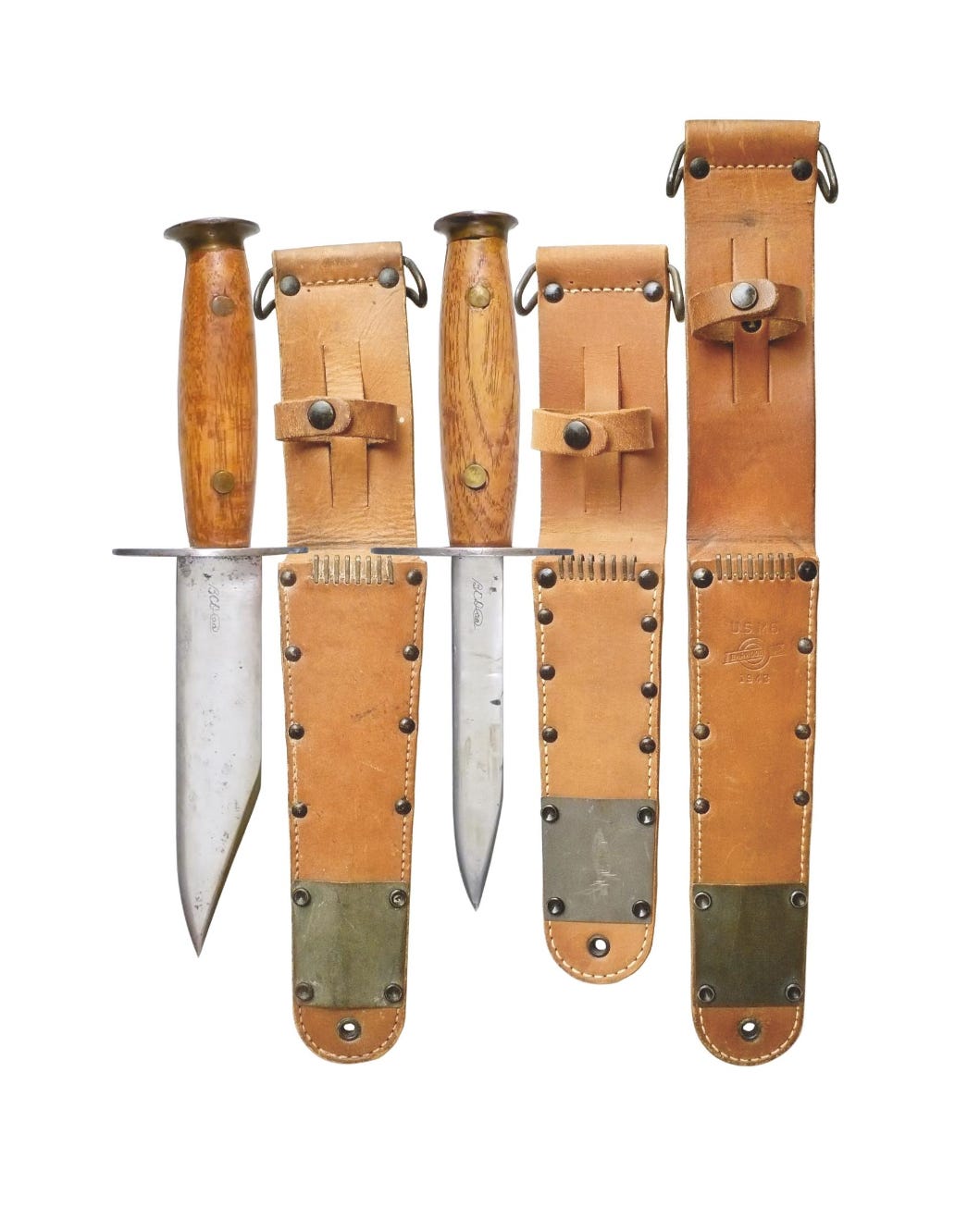
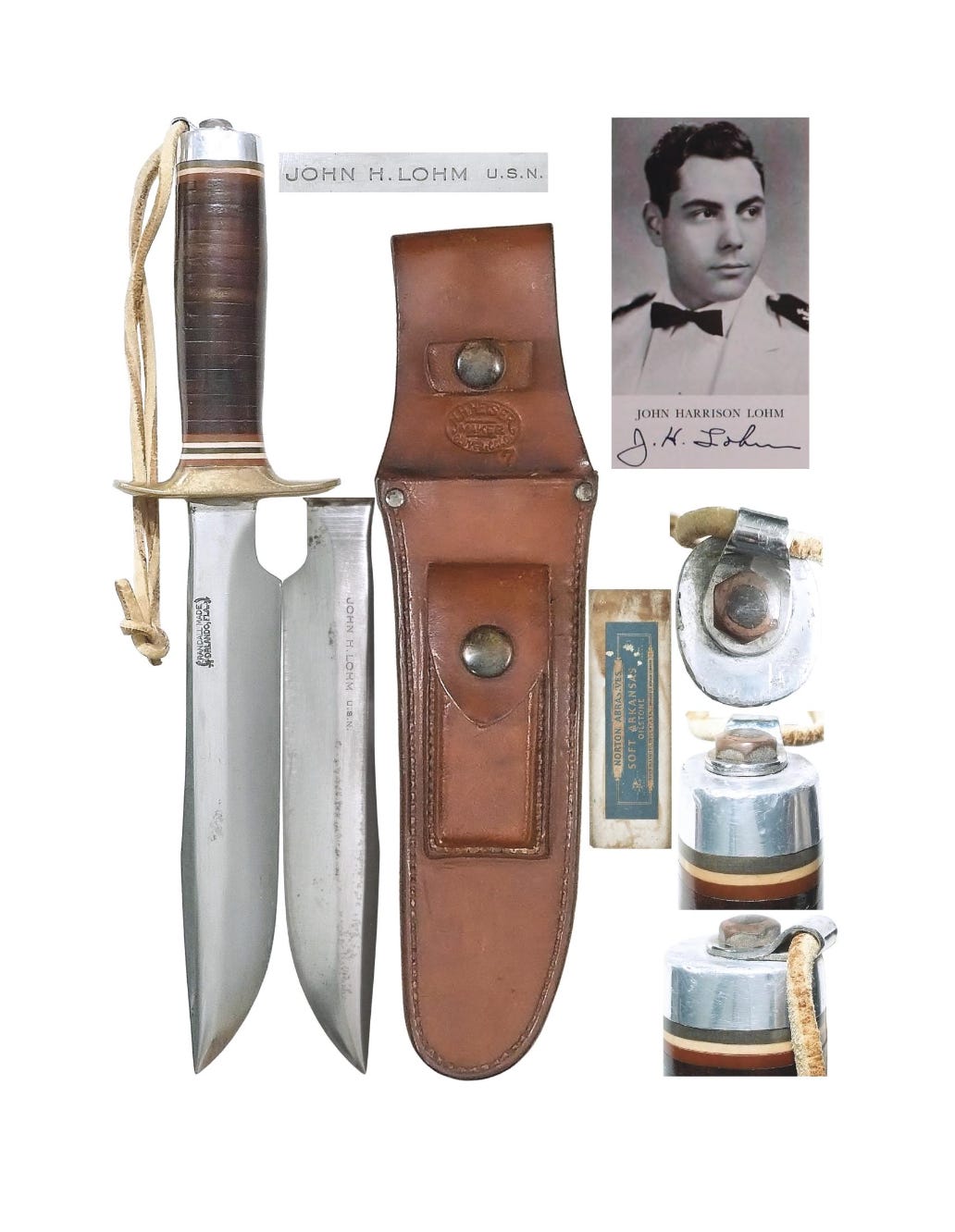
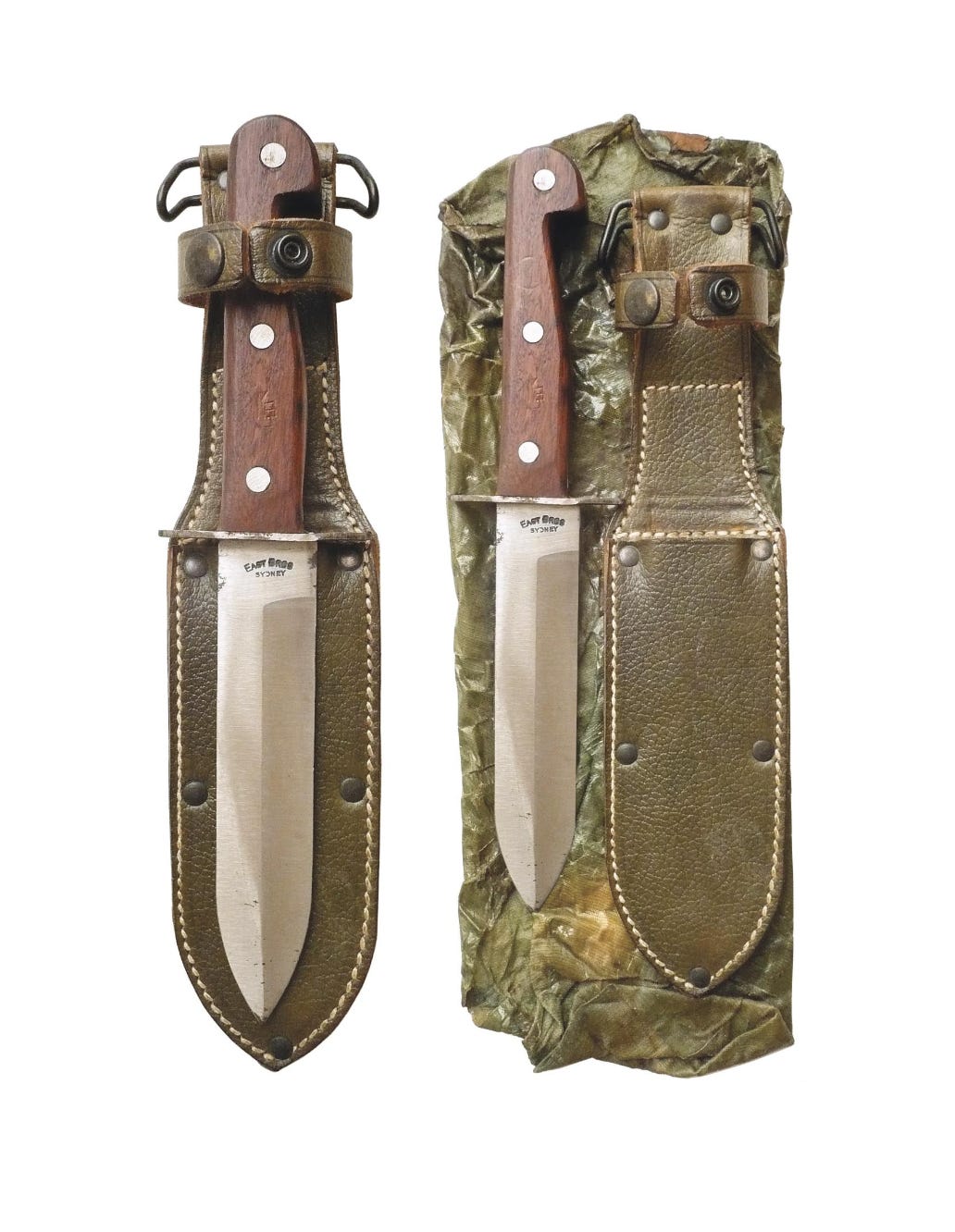
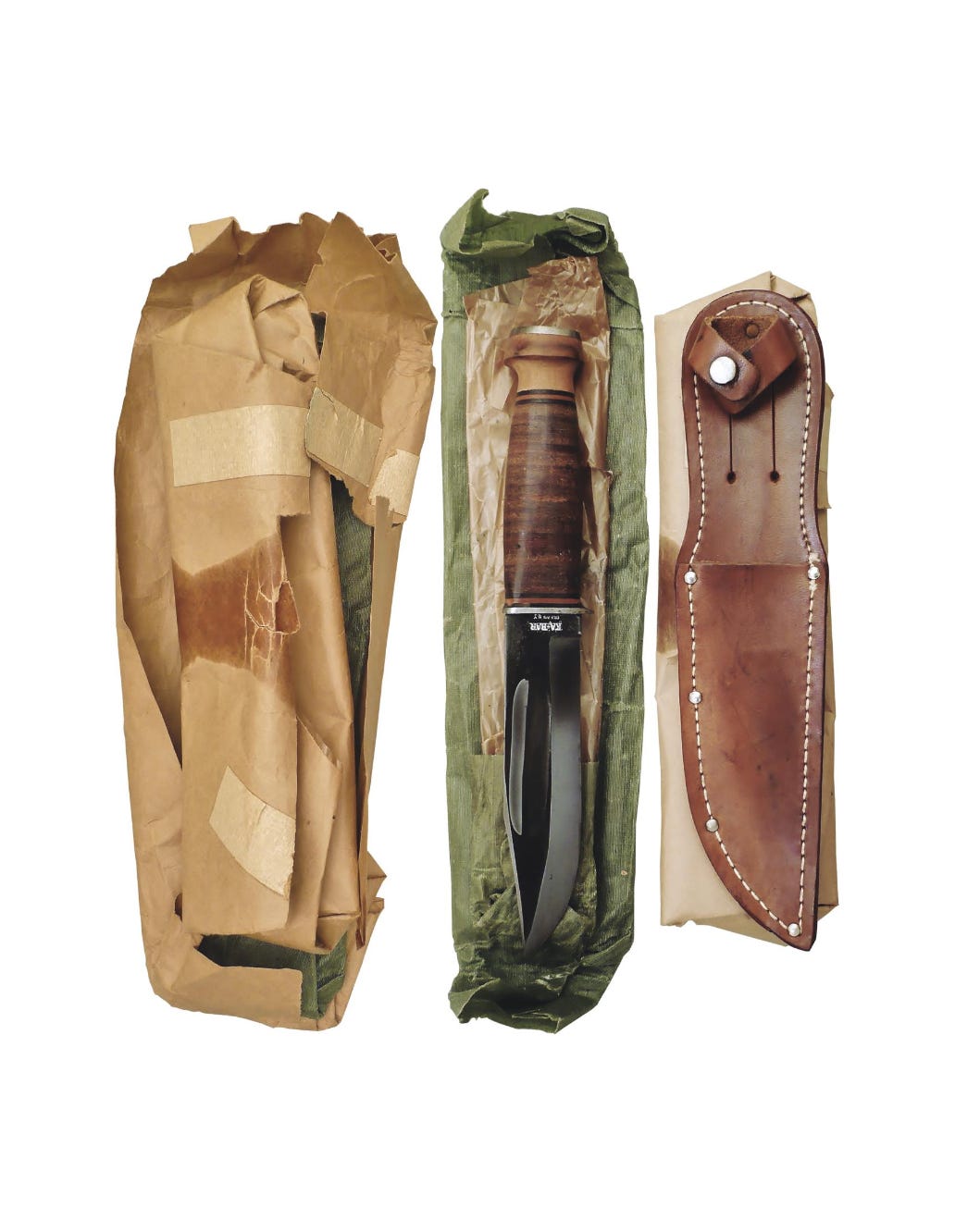
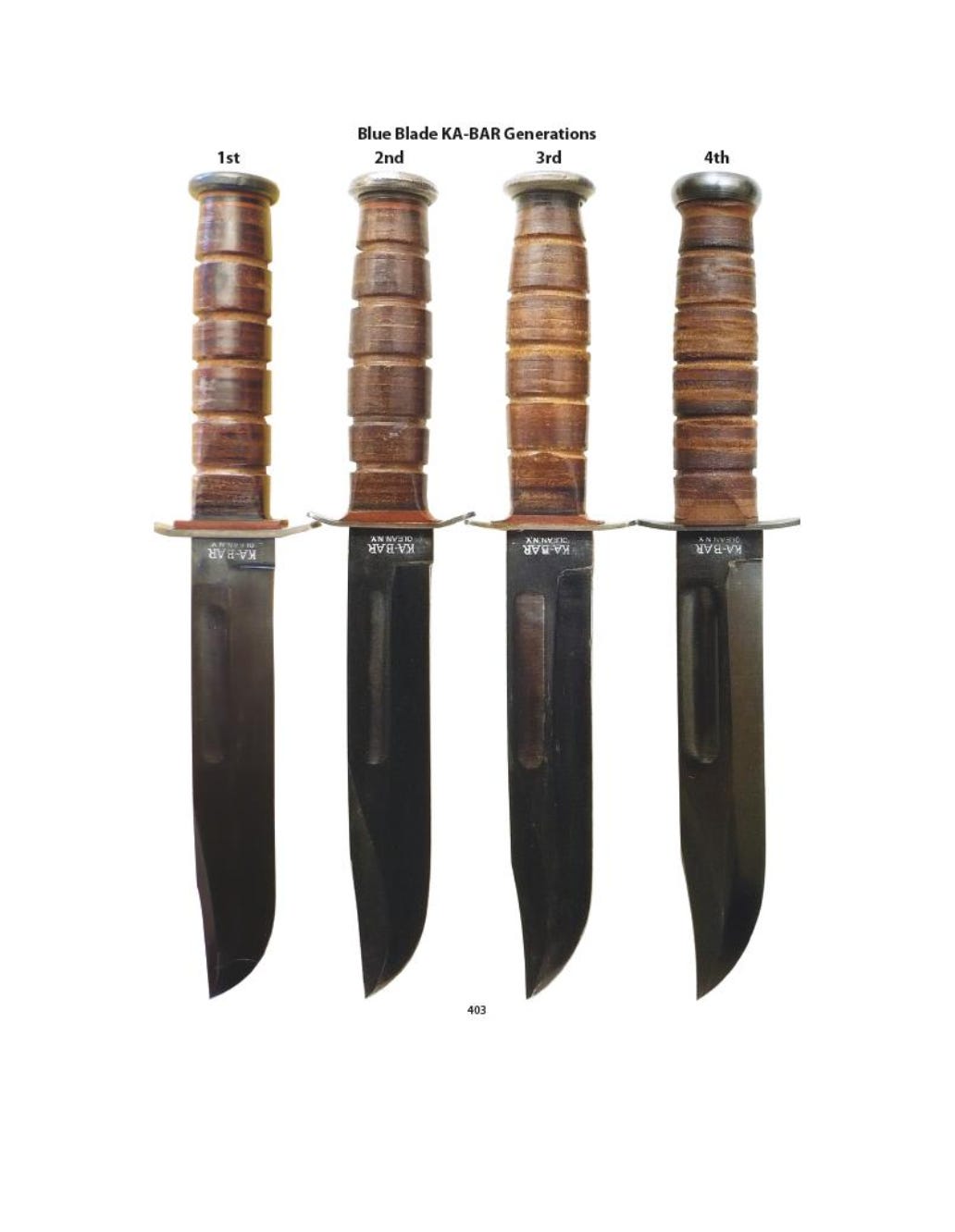
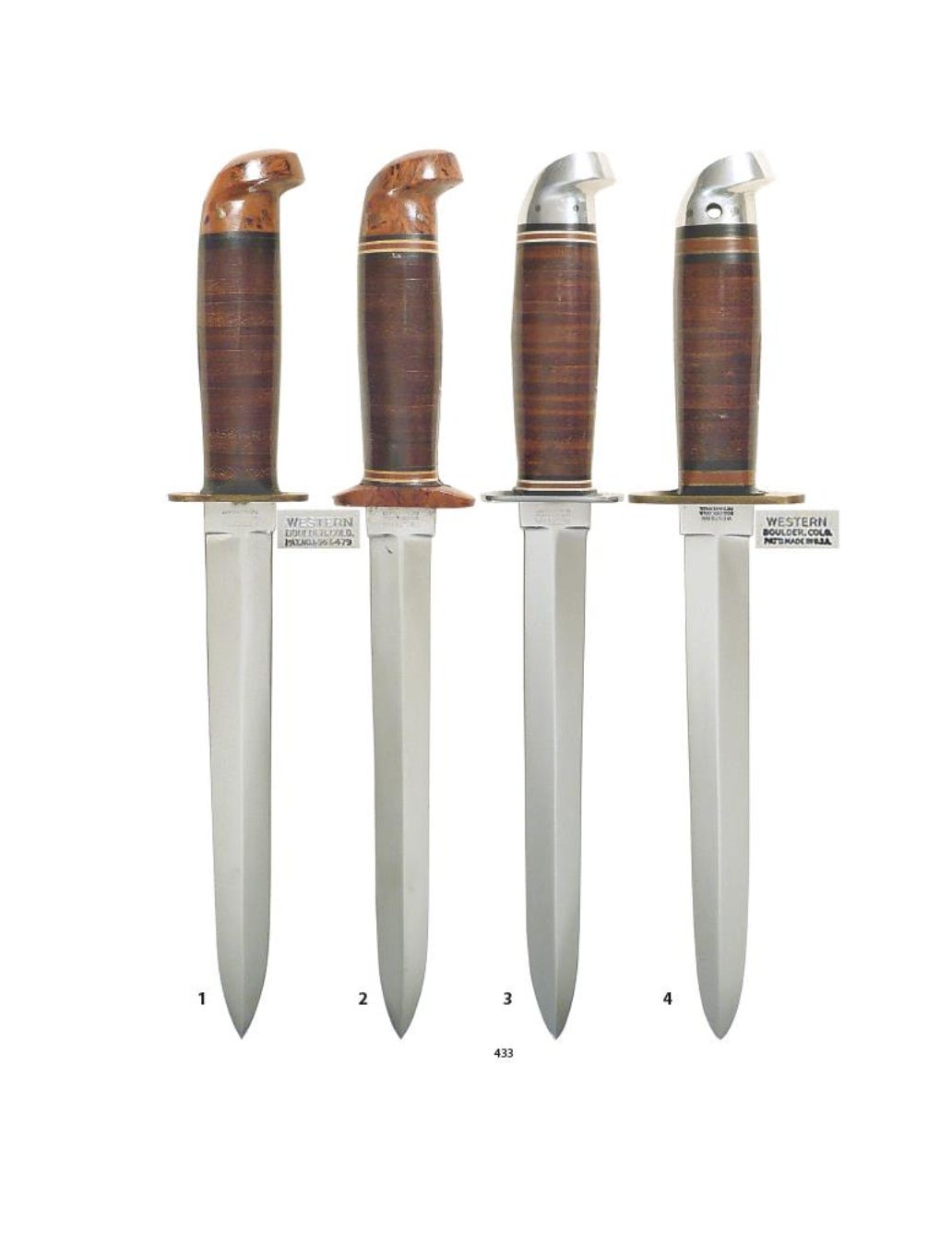
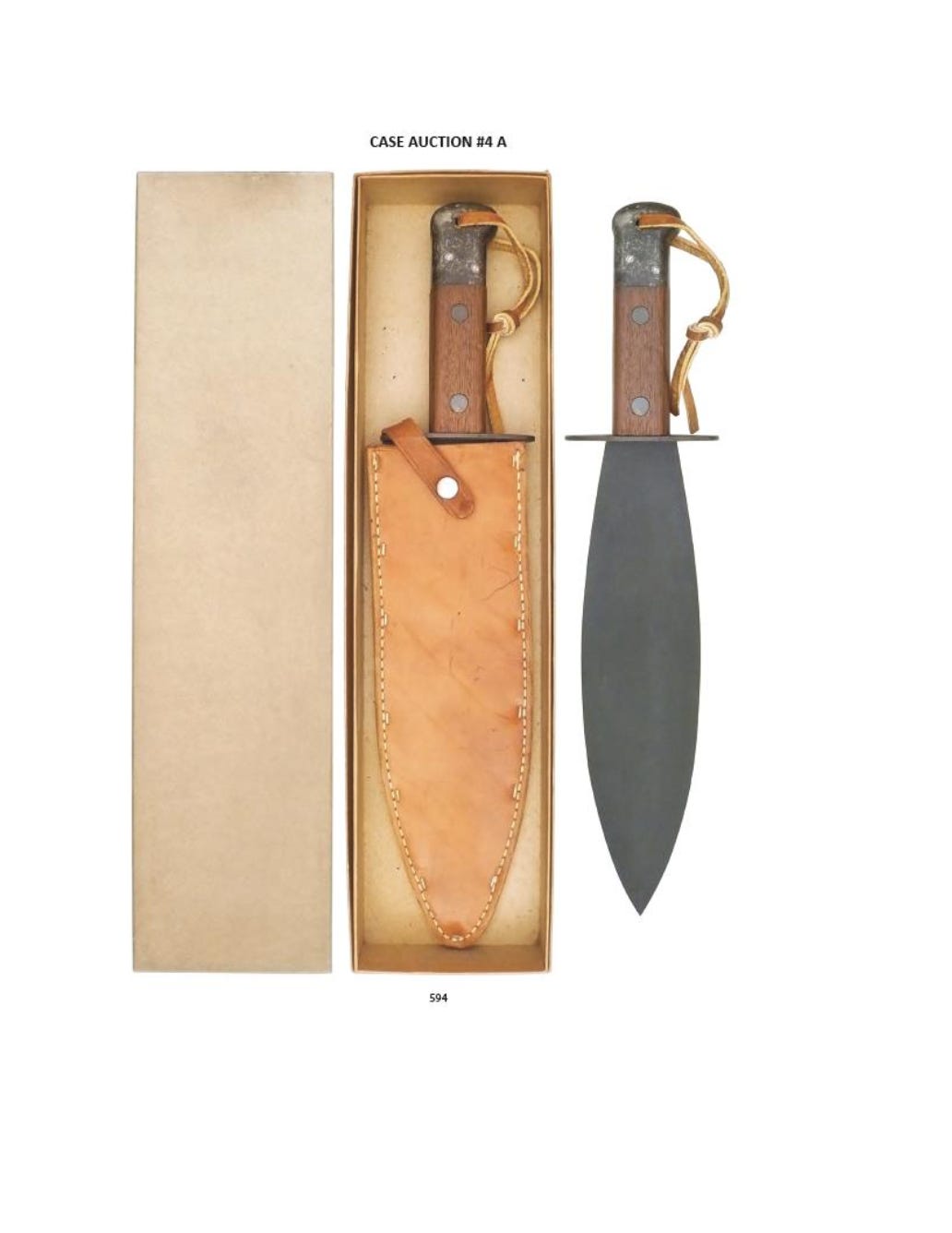
Walters encompasses lots of variants for these and many more, along with low production and no production items (prototypes). You’ll learn what brass guards and wood pommels and finishes mean and the like. All very interesting and useful. I mean, it’s encyclopedic!
A great trove of usual and rare variant scabbards is also illustrated and discussed. And, not forgetting drool-worthy “new in box” rarities.
Walters additionally gives postwar production a respectful nod, i.e., the reprised Mk.2, and a raft of jet pilot emergency knives, UDT models, etc.
Heck, Walters even updates parts of Book One
The proportion of stone mint or unissued specimens is very high. Guys who only collect “battle used" or “been theres” may be let down, but I doubt it. Bagged, tagged, wrapped and boxed are as welcome in the viewing as they are financially out of reach for many.
Walters doesn’t dwell on current values, but you’re a clued-in bunch. Anyhow, a copy of his original 1970s price list will have you (okay, us!) cursing about the selloffs of years past. Jaw-dropping escalation.
The text is all it needs to be and little more; meaning succinct, intelligent captions along with variants and rarity noted as warranted. (Of course, even many commonplace models achieve rarity when mint.) The writers’ informed guesswork on a few knowledge gaps is valuable, too.
Equally exceptional is the studio photography. Past reference works, no matter how strong text wise were fairly weak in the imagery dept. Black and white ruled. Very useful for capturing details and wartime examples in wear; not so much when you needed to know grip disk and blade colors.
Plus, too often the snapshots were blurry and taken by “Bob from Accounts,” with his handy Instamatic or pocket digicam. Deciding that Sunday show special was correct could prove very costly.
Not so here. The pictures are so crisp even the tiniest details like the “made in usa” mark on a Navy PAL knife logo are visible. In many cases the author goes a step further, chalking marks and showing small “thumbnail” enlargements of blade and other key features next to the full-on picture.
In my experience, Book Two is one of only a few books whose printed-page resolution equals an in-hand inspection.
As a photographer who’s published food images from the London Ritz, I’d compare these images very favorably with the best work in, say, a Sotheby’s jewelry auction catalogue. They’re just that good.
So. Where’s the chapter on fake or “embellished” knives? Well, Internet sites have a lot of data and good photos to alert you guys. You know the ones, or soon will. But really, with Books One and Two you’ll be well armed against duplicity.
How to find what you want to see? Thumbing through 600-plus pages is one way, and that’s a treat. More useful would be an index. The table of contents, from my point of view, is too broad; breakdowns or an index with sub-headings would be lots more efficient. You know, when we get calls answering ads and interrogating sellers it’s good being able to pinpoint identifications quickly.
OK, that’s just a niggle. Major take-away here: this is an extraordinarily impressive volume. It’s not just a bowl of eye candy; it’s the whole darn store!
You may also like:
As an Amazon Associate, Military Trader / Military Vehicles earns from qualifying purchases.



